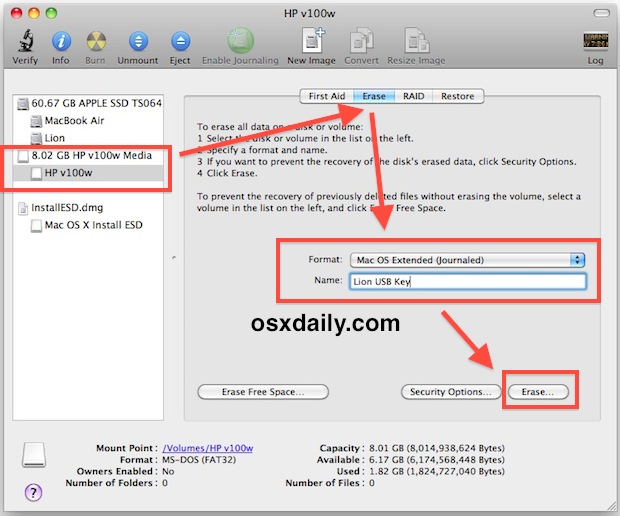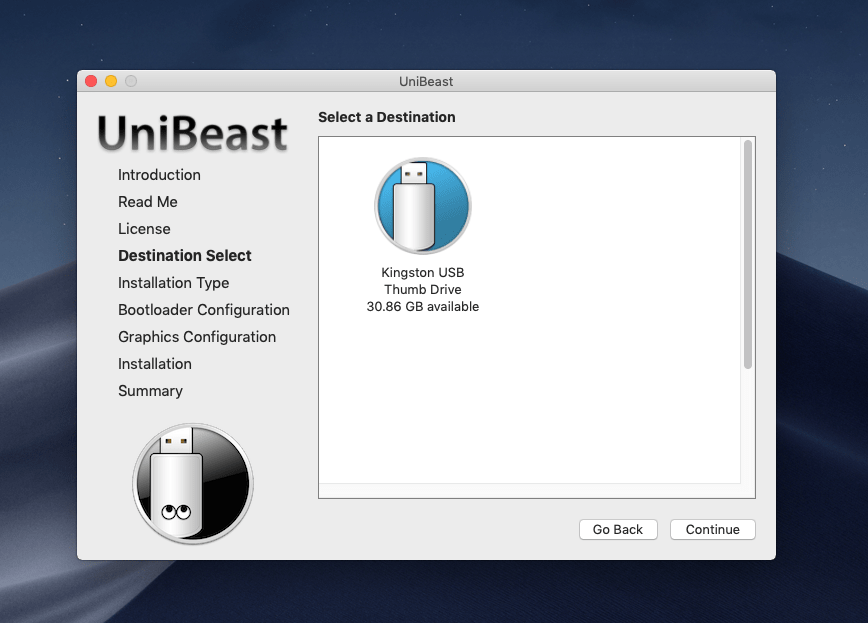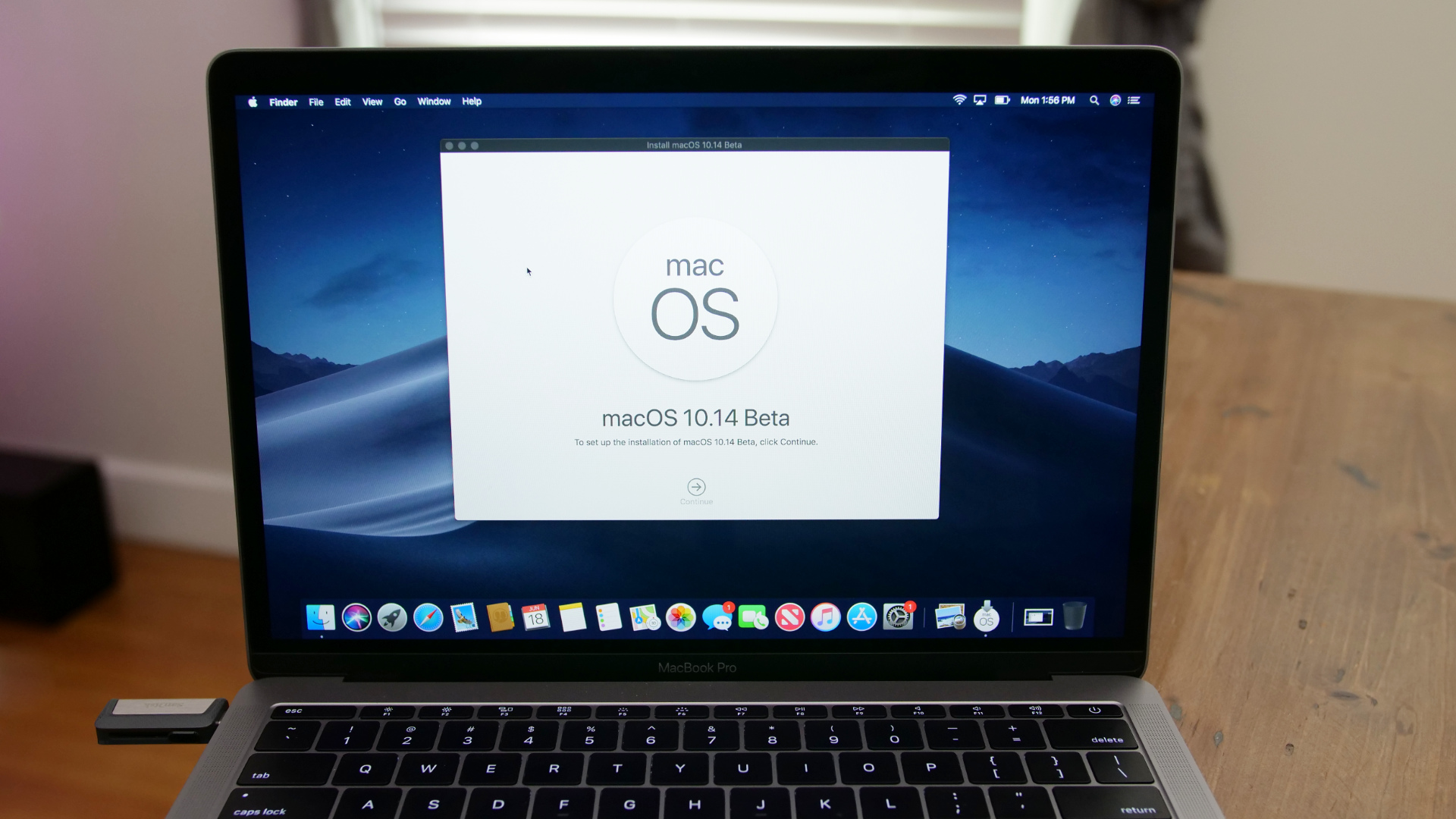
- #Make bootable usb drive for mac install#
- #Make bootable usb drive for mac upgrade#
- #Make bootable usb drive for mac password#
- #Make bootable usb drive for mac zip#
Right-click on your the USB then select Format Disk for Mac. You can now quit Terminal and eject the volume. In order to make bootable USB of macOS high Sierra, you will need an 8gb or higher USB 2.
#Make bootable usb drive for mac install#

When prompted, type Y to confirm that you want to erase the volume, then press Return.Terminal doesn't show any characters as you type your password. You can put Windows and Linux in a same bootable disk or create a master boot.
#Make bootable usb drive for mac password#
When prompted, type your administrator password and press Return again. If your USB drive doesnt show up, reformat it as FAT32.* If your Mac is using macOS Sierra or earlier, include the -applicationpath argument and installer path, similar to the way this is done in the command for El Capitan. Sudo /Applications/Install\ OS\ X\ El\ Capitan.app/Contents/Resources/createinstallmedia -volume /Volumes/ MyVolume -applicationpath /Applications/Install\ OS\ X\ El\ Capitan.app Sudo /Applications/Install\ macOS\ High\ Sierra.app/Contents/Resources/createinstallmedia -volume /Volumes/ MyVolume Sudo /Applications/Install\ macOS\ Mojave.app/Contents/Resources/createinstallmedia -volume /Volumes/ MyVolume This is useful for clean installs, installing onto multiple Macs, troubleshooting, and more.

The typical advantages to creating a bootable install drive is that you can obviously boot a Mac from it, which enables the ability to erase and format a Mac, as well as install macOS Monterey beta onto the Mac. Sudo /Applications/Install\ macOS\ Catalina.app/Contents/Resources/createinstallmedia -volume /Volumes/ MyVolume Advanced Mac users may wish to create a bootable installer drive for macOS Monterey 12 beta. Sudo /Applications/Install\ macOS\ Big\ Sur.app/Contents/Resources/createinstallmedia -volume /Volumes/ MyVolume If it has a different name, replace MyVolume in these commands with the name of your volume. These assume that the installer is in your Applications folder, and MyVolume is the name of the USB flash drive or other volume you're using.

Type or paste one of the following commands in Terminal.Open Terminal, which is in the Utilities folder of your Applications folder.

#Make bootable usb drive for mac zip#
Depending on the number of partitions and the type of partition you need in your USB pen drive, select USB HDD or USB ZIP or USB FDD from the list available to you.Ħ. You will now get a window which will ask you to select a disk mode for converting your USB pen drive back into normal, unbootable one from a bootable version of the same.
#Make bootable usb drive for mac upgrade#
On clicking the Part Manager option you will get a host of options on the Bootice window and you have to select the Repartitioning option available.ĥ. With a bootable Ubuntu USB stick, you can: Install or upgrade Ubuntu, even on a Mac Test out the Ubuntu desktop experience without touching your PC. After selecting the required disk, you will have to click on to the Parts Manage option that is available in the window of Bootice.Ĥ. Once you are done with the installation, the Bootice window will pop up on your screen, you now need to select your USB pen drive disk from the drop down menu that is available.ģ. Download the Bootice app from the internet, extract it and install it on your Windows computer.Ģ.


 0 kommentar(er)
0 kommentar(er)
